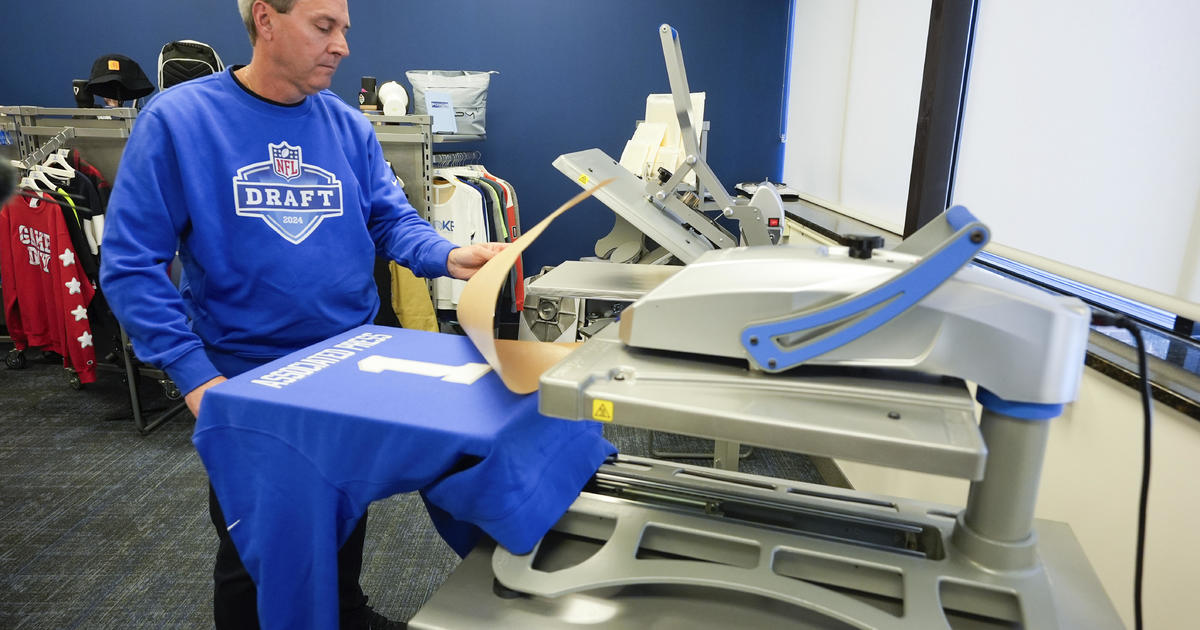Innovation Celebration, New Initiative Boost MSU Spinout Efforts
EAST LANSING -- Michigan State University's technology transfer efforts got a boost Wednesday from a well-attended "Innovation Celebration" of university research displays, and the announcement of a third office to support turning research innovation into job-creating businesses.
The Innovation Celebration drew a crowd of more than 100 to the MSU Union, where MSU President Lou Anna K. Simon announced the creation of Spartan Innovations LLC, a new subsidiary of the MSU Foundation.
Spartan Innovations will provide five resources to support the launch of sustainable MSU spinout companies:
* University-wide entrepreneurship education that engages the community.
* Stipends to support student startup business participation.
* CEO mentors-in-residence to help manage startups.
* Access to a network of external new-venture investors.
* Gap funding to support the earliest stages of MSU technology development.
Spartan Innovations will be housed at the MSU Innovation Center on the third floor of 325 E. Grand River Ave., a former department store and book store building across the street from MSU's campus. Also at the Innovation Center are MSU Technologies, the university's technology transfer office, established in 2007, and Business Connect, created in 2009 as MSU's one-stop shop for business engagement with the university.
The MSU Innovation Center will be led by executive director Charles Hasemann.
325 E. Grand River Ave. is also home to the city of East Lansing's Technology Innovation Center, a business accelerator for tech startups, as well as The Hatch, a joint venture of the city and MSU for MSU student startups.
MSU president Simon told the crowd that the university wants to "make entrepreneurship a cornerstone" of its academic mission.
Richard W. Chylla, the new executive director of MSU Technologies, also spoke at the event, saying the university has huge opportunities in entrepreneurship.
Highlights of the 11 technologies on display at the Innovation Celebration included:
* An aerogel made of glass and air that provides 500 degrees Centigrade of temperature insulation in just one centimeter of the material. "It's 40 times better than Fiberglas," said graduate student Travis Thompson, one of the inventors. The material is under provisional patent and has obvious applications in aerospace, automotive and electronics markets.
* Zon New Chengo Chinese, a method of teaching Chinese through a massive multiplayer online game.
* Synthetically generated manufactured diamonds, using the carbon from methane gas and heated plasma. A machine using two to six kilowatts can make a two-carat diamond in a week or two. The diamonds can be used in either industrial or jewelry applications.
* An anti-biofilm compound, a small molecule that keeps organisms from growing on everything from pipes to teeth. The compound, called ABC 1, for Anti-Biofilm Compound, is similar in molecular construction to the acid reflux drug Omeprazole. It's under patent protection.
* The Wave Disc engine, an advance in internal combustion engines. In traditional internal combustion engine, the expansion of gases created by combustion is limited by the length of the piston stroke. In this engine there's no limit to the length of a stroke, because the combustion chambers are part of a circular pinwheel turbine.
Also attending was Drawbridge, a company marketing an MSU invention called Eli, an online writing and review tool targeted at students to help them review each other's writing -- and in so doing, become better writers.
The meeting also saw several new innovation awards, presented by Simon, Chylla and J. Ian Gray, vice president for the MSU Office of Research and Graduate Studies. They were:
* Innovation of the Year for self-powered sensors by Shantanu Chakrabartty, associate professor of electrical and computer engineering. These self-powered sensors can be attached or embedded inside bridges, pavements, vehicles, rotating parts and biomedical implants, where they can autonomously sense, compute and store statistics of strain rates experienced by the structure, without the aid of batteries. The stored statistics can be remotely retrieved and used to predict the onset of mechanical failure. U.S. Patent 8,056,420 was issued for the technology Nov. 15, 2011.
* Innovator of the Year to Evangelyn C. Alocilja, professor of biosystems and agricultural engineering. Alocilja's research has focused on the development of nanoparticle-based biosensors for rapid, onsite identification and diagnosis of infectious agents of concern to homeland security, global health, and food and water safety. In 2011, MSU Technologies licensed a suite of Alocilja's technologies to startup NanoRete, which will develop and commercialize an inexpensive test for handheld biosensors to detect threats such as E. coli, salmonella, tuberculosis and anthrax.
* The MSU Technology Transfer Achievement Award for the Connected Mathematics Project, by Glenda Lappan, University Distinguished Professor of Mathematics, and Elizabeth Philips, senior teaching specialist in the Department of Mathematics. The Connected Mathematics Project is a complete mathematics curriculum for middle school teachers and students that was first licensed to Pearson Education in 1993. It has earned more than $26 million in licensing revenue, while educating millions of students across the country.
More at www.technologies.msu.edu.



